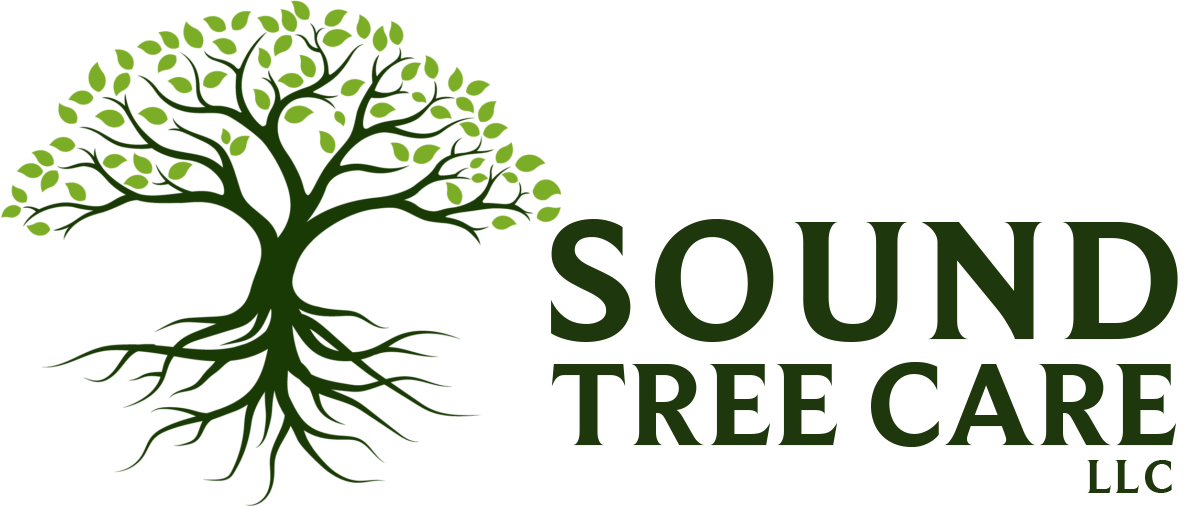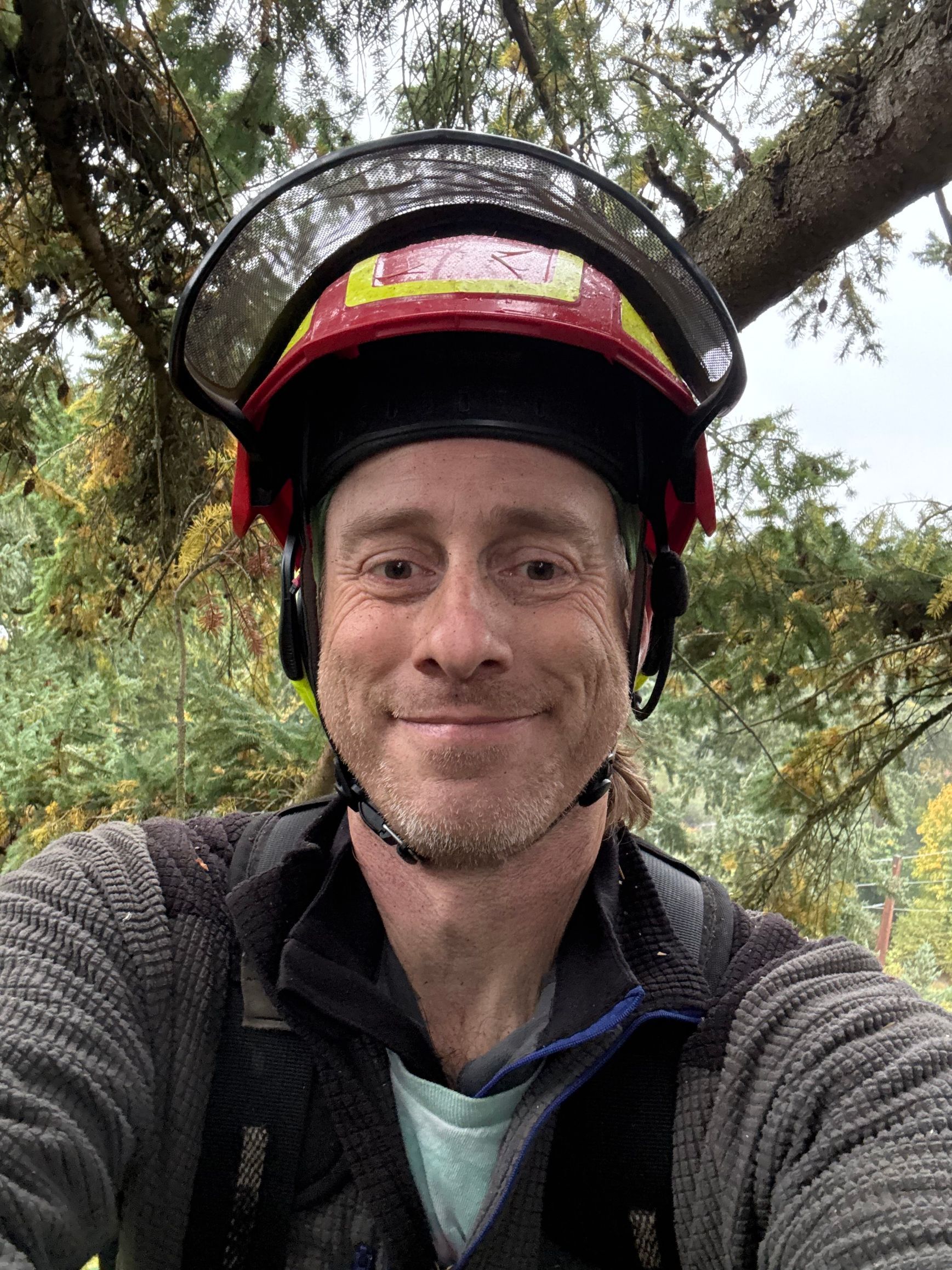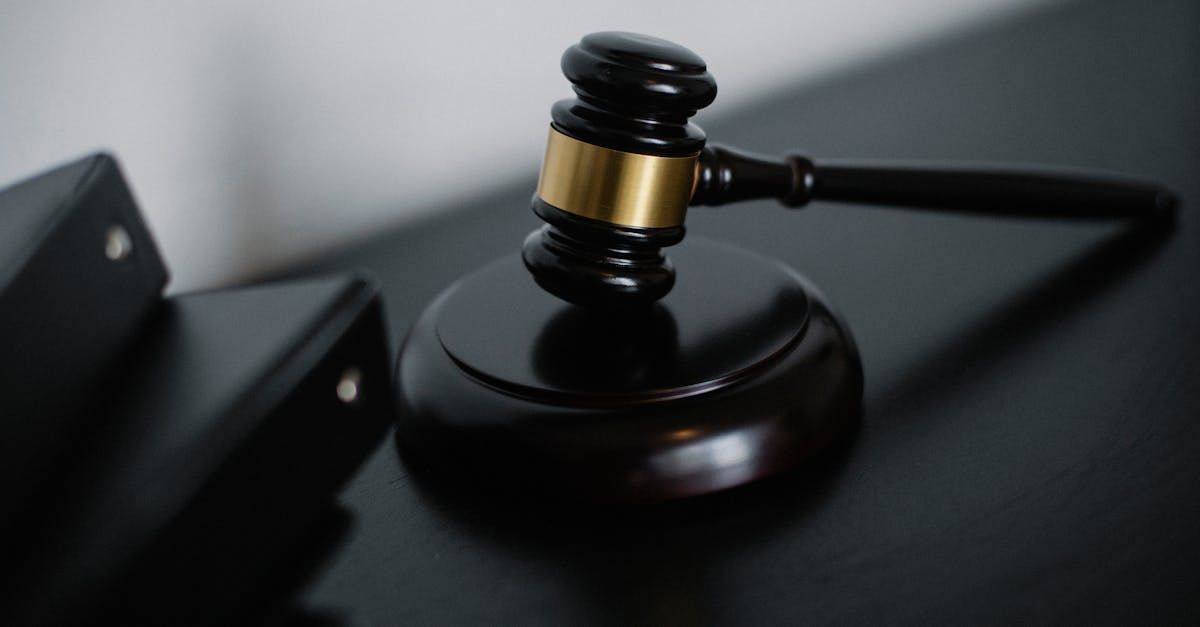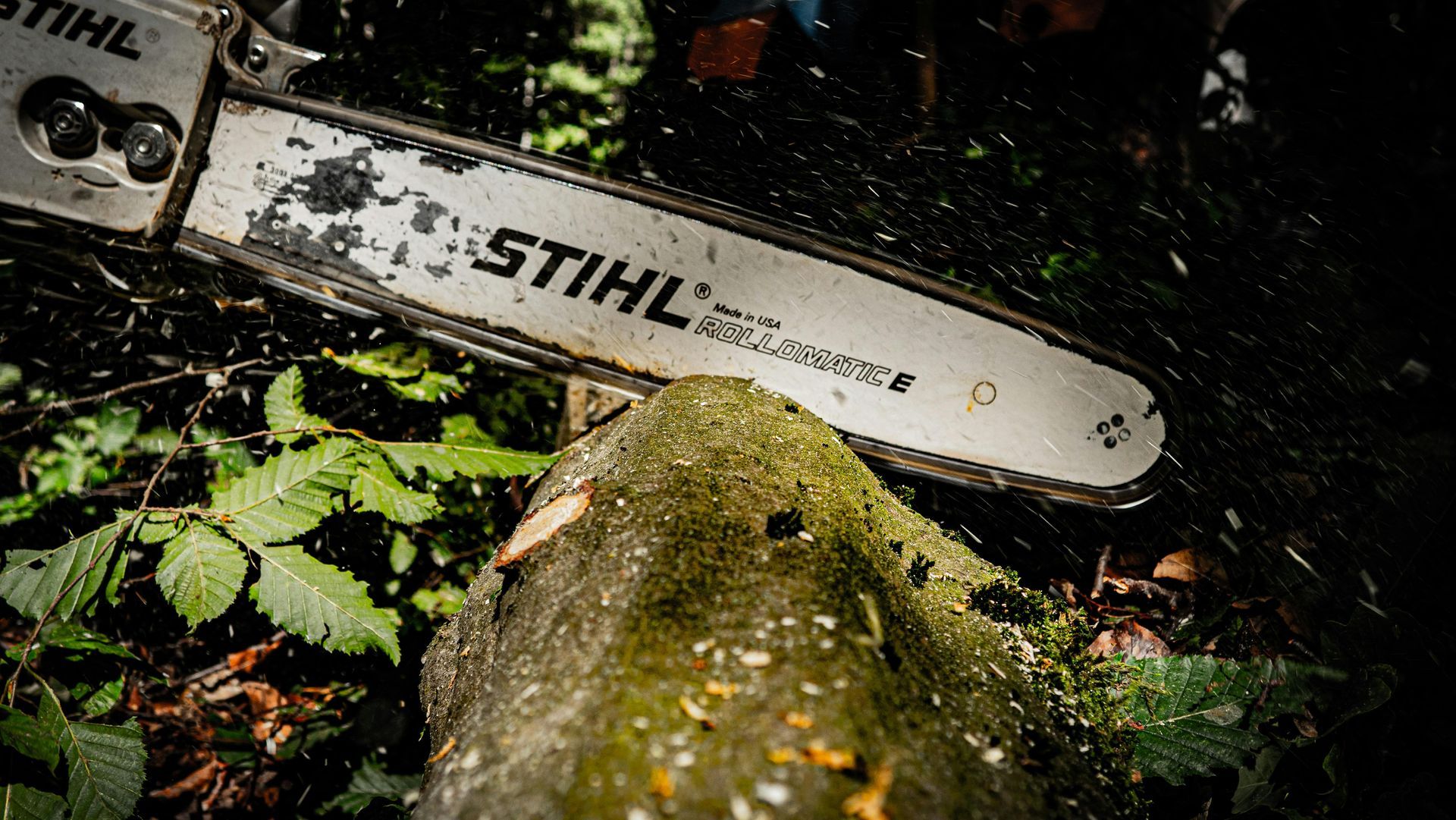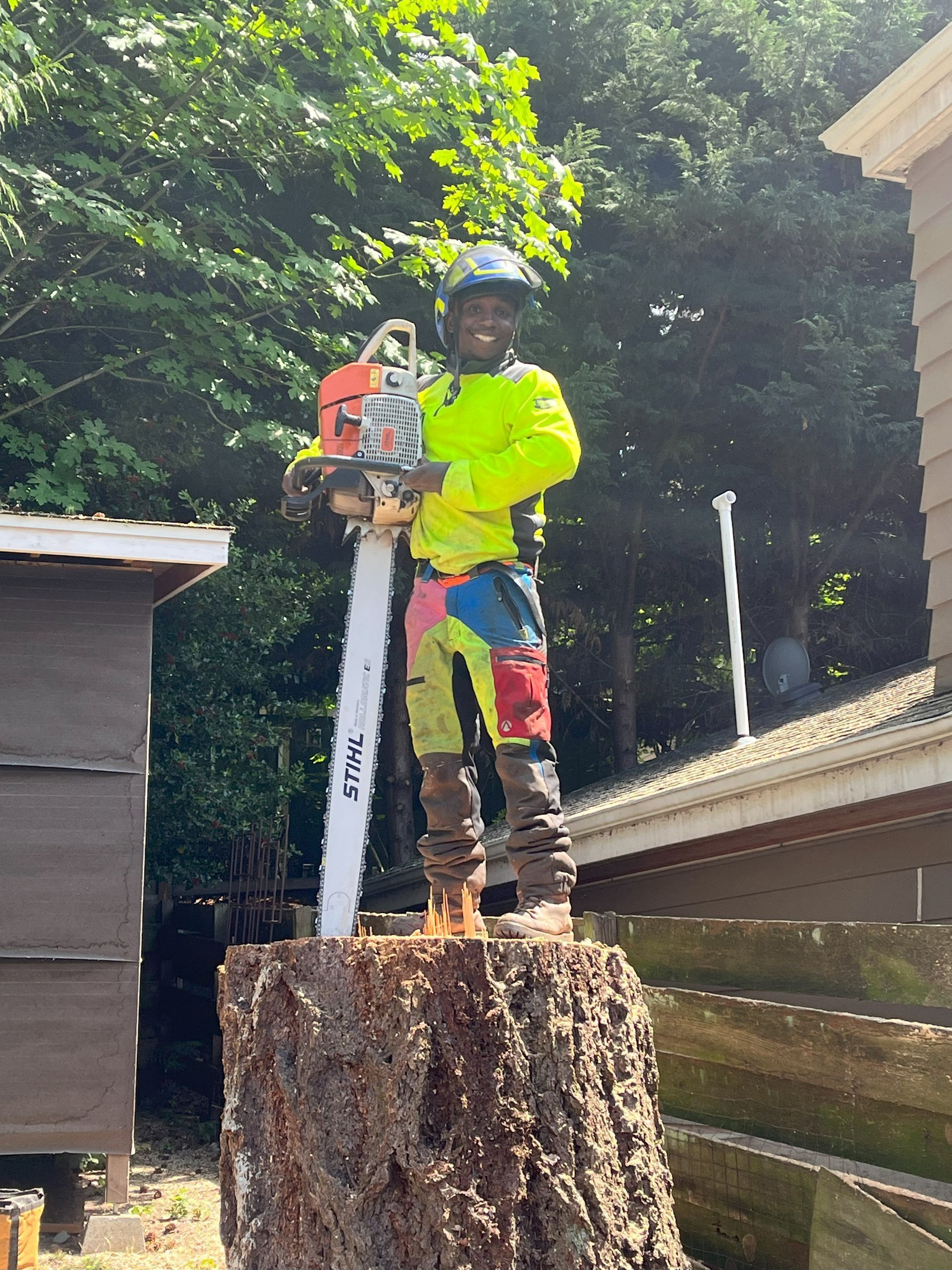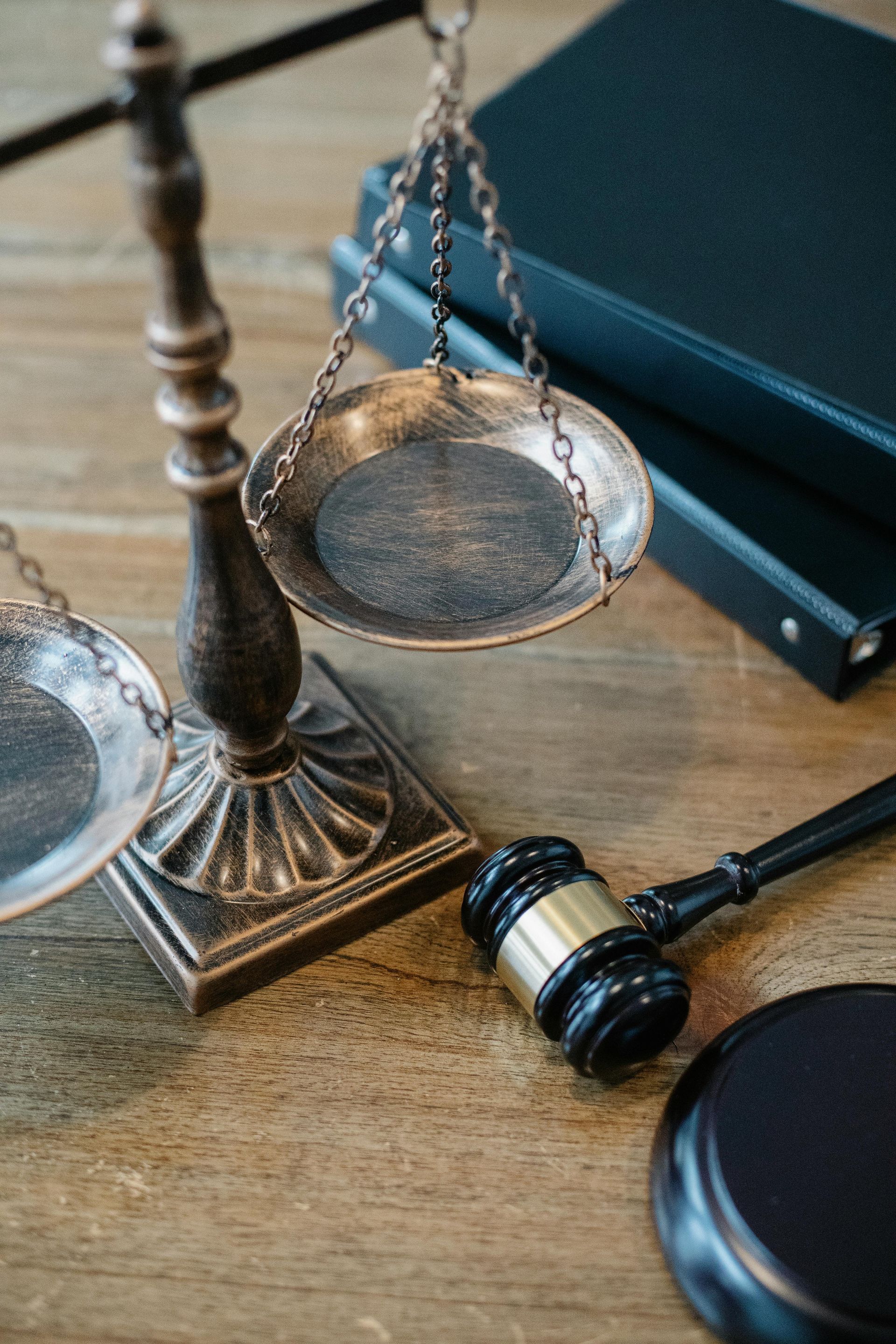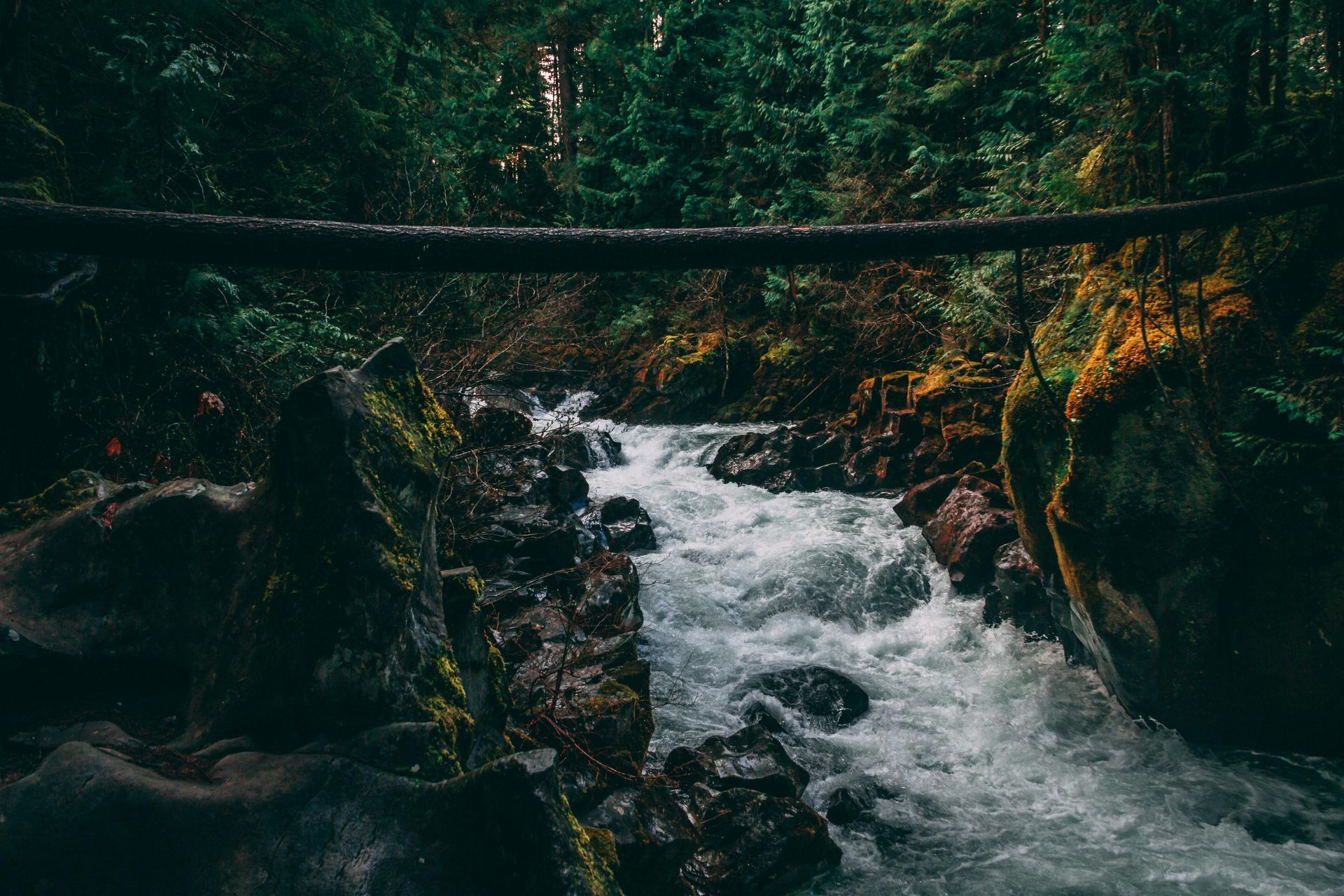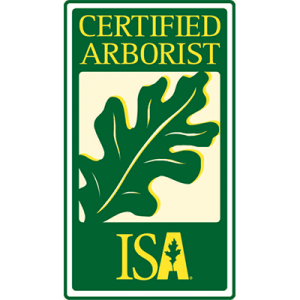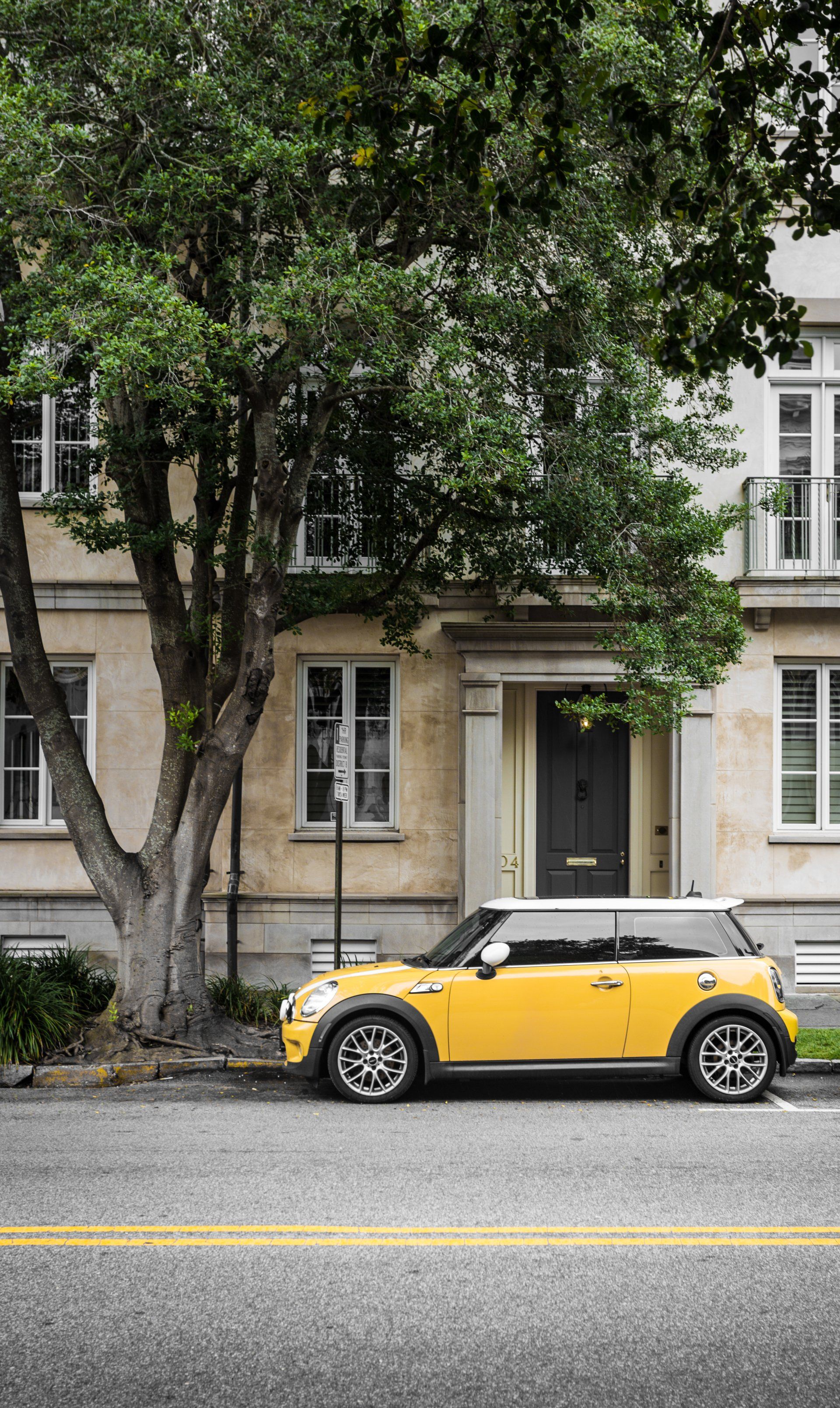Environmentally Critical Areas (ECAs) in Washington State can significantly alter the regulations surrounding tree pruning and removal. ECAs include riparian zones, shorelines, flood zones, sensitive slopes, and landslide-prone areas. These areas are protected due to their ecological importance and potential risks to safety and property.
Riparian Zones: Trees in riparian zones, which are areas adjacent to rivers and streams, are often protected to maintain water quality and habitat. Pruning or removing trees in these zones typically requires special permits and must comply with strict guidelines to minimize environmental impact.
Shorelines:
Shoreline regulations are in place to protect water bodies like lakes and coastal areas. Trees along shorelines may be subject to specific rules that prevent removal or limit pruning to protect the stability of the shoreline and prevent erosion.
Flood Zones:
Trees in flood-prone areas play a vital role in managing water flow and reducing the impact of floods. Removal or pruning of trees in these zones often requires approval from local authorities, and in some cases, mitigation efforts like replanting may be required.
Sensitive Slopes and Landslide Areas: Trees on steep or unstable slopes are crucial for soil stability. Removal of trees in these areas can increase the risk of landslides, so local regulations often require a geotechnical assessment before any tree work is approved.
Key Takeaway:
Understanding the specific ECA regulations in your area is essential before undertaking any tree pruning or removal. Compliance with these rules not only protects the environment but also ensures the safety and stability of the land.
